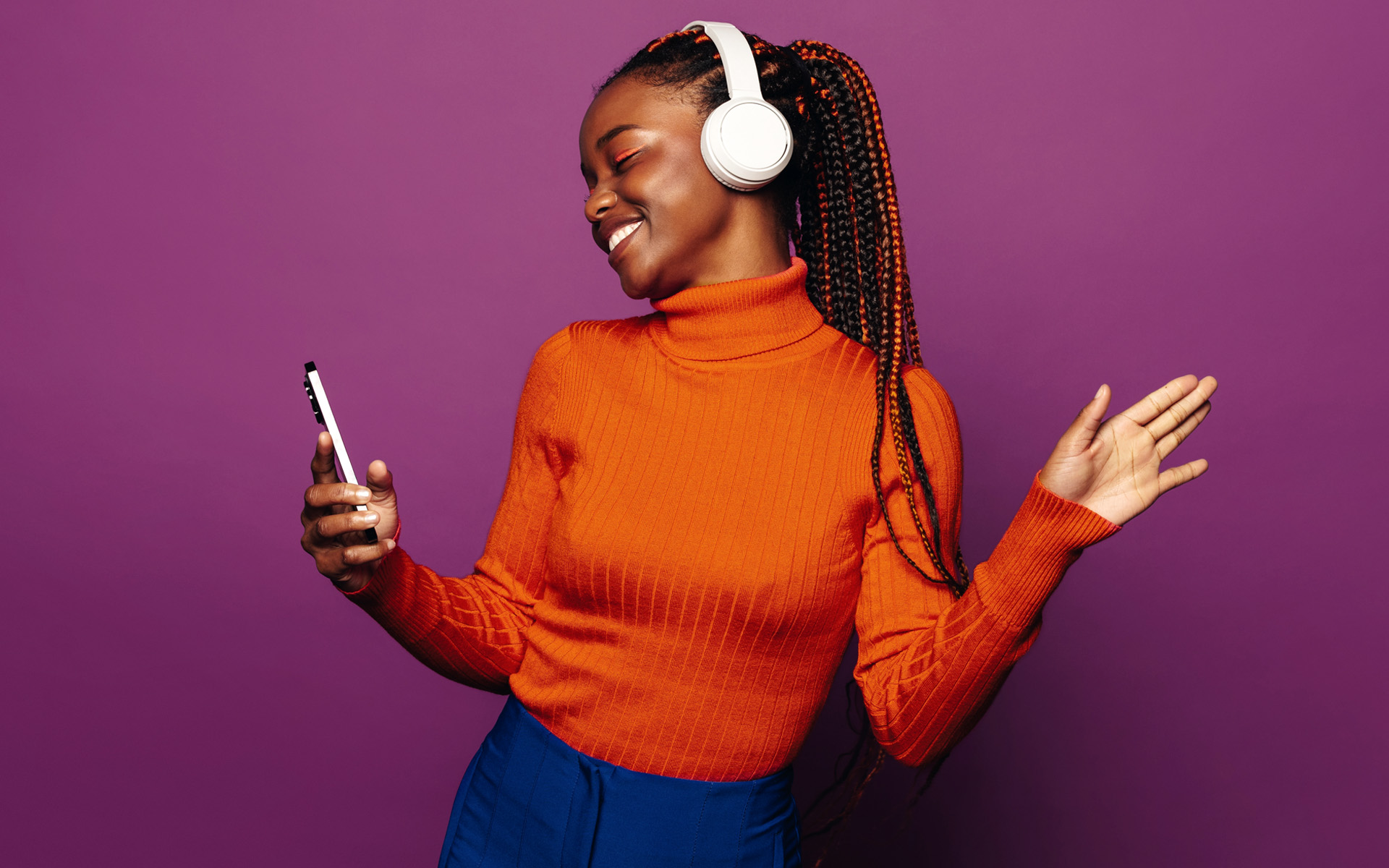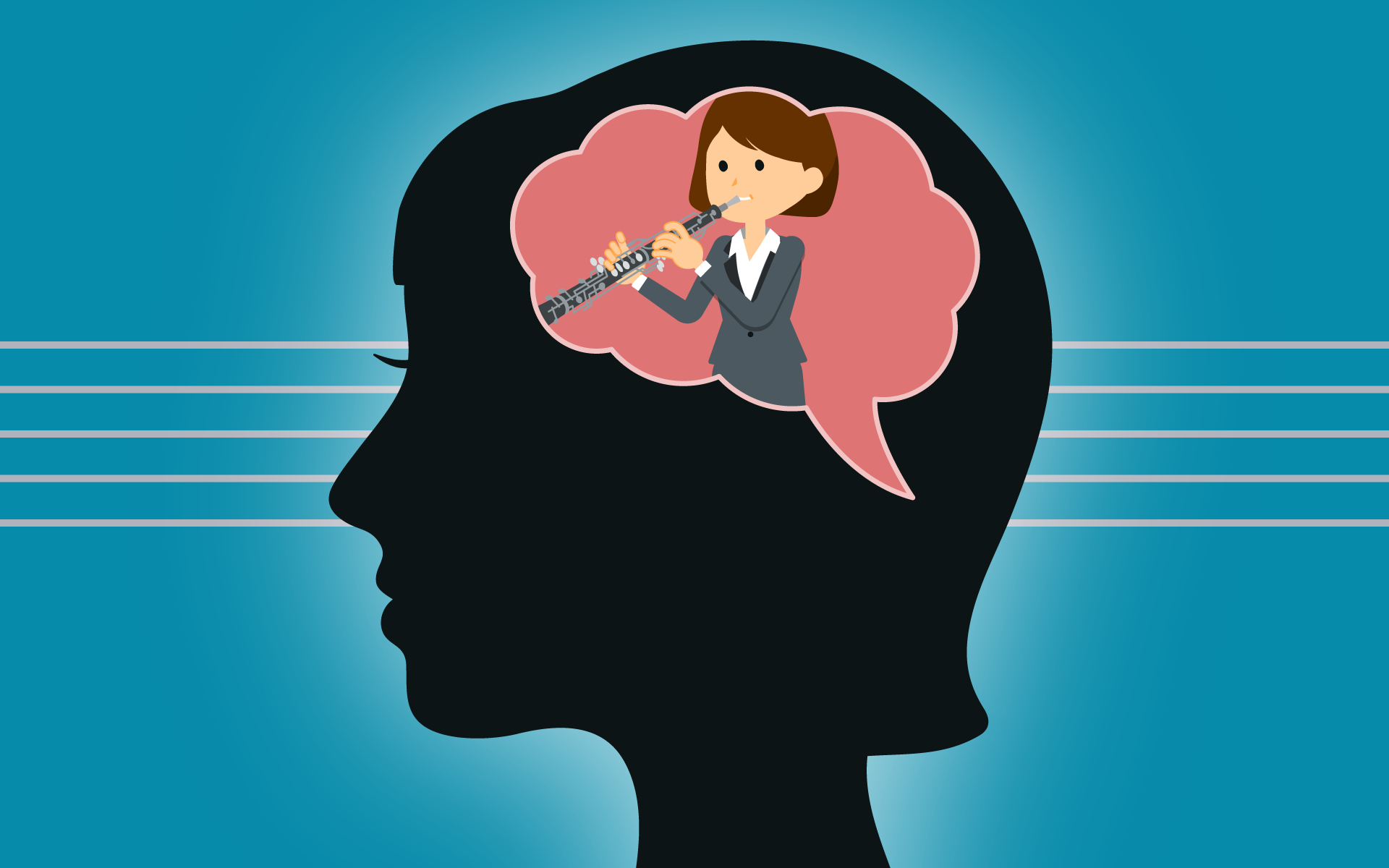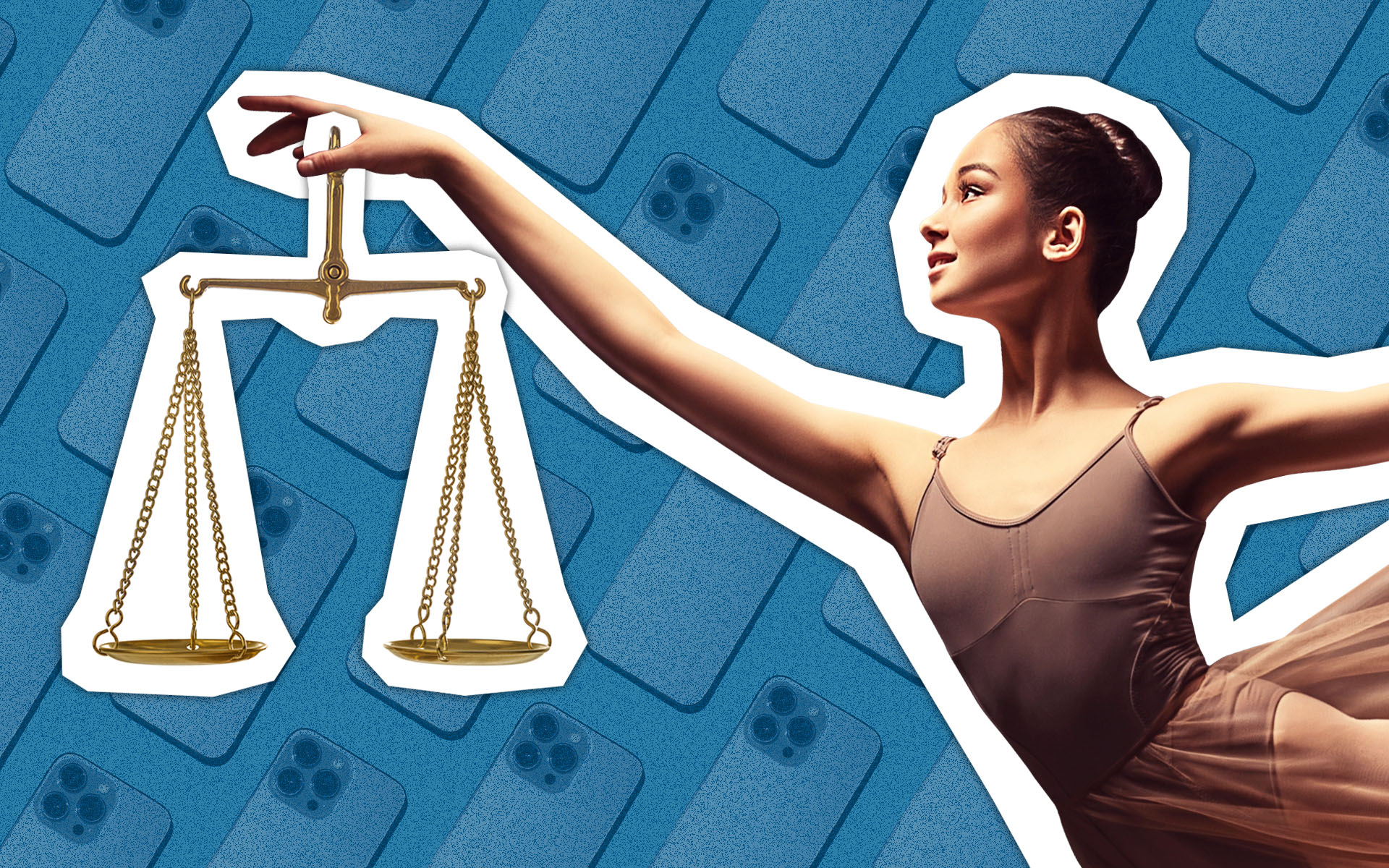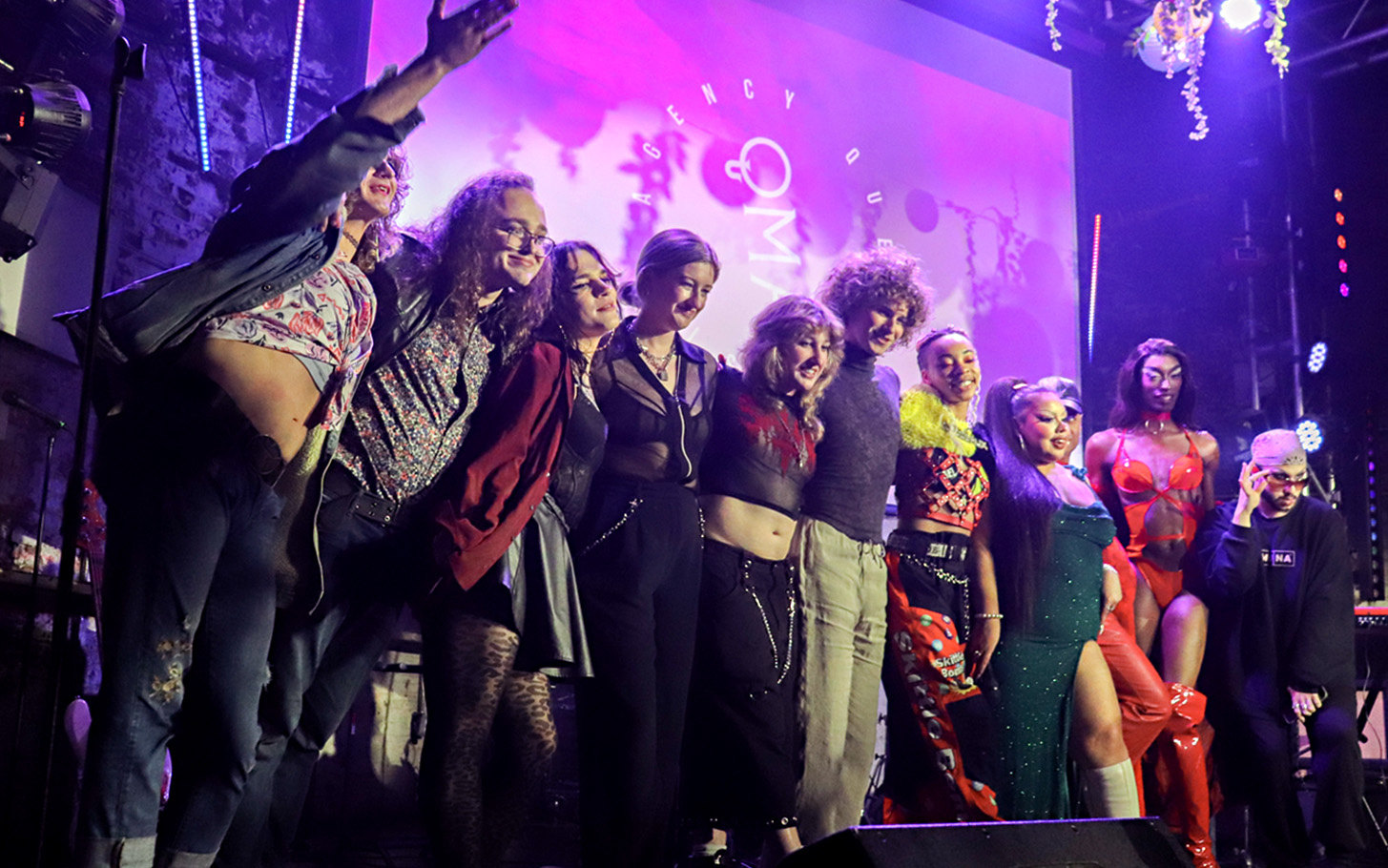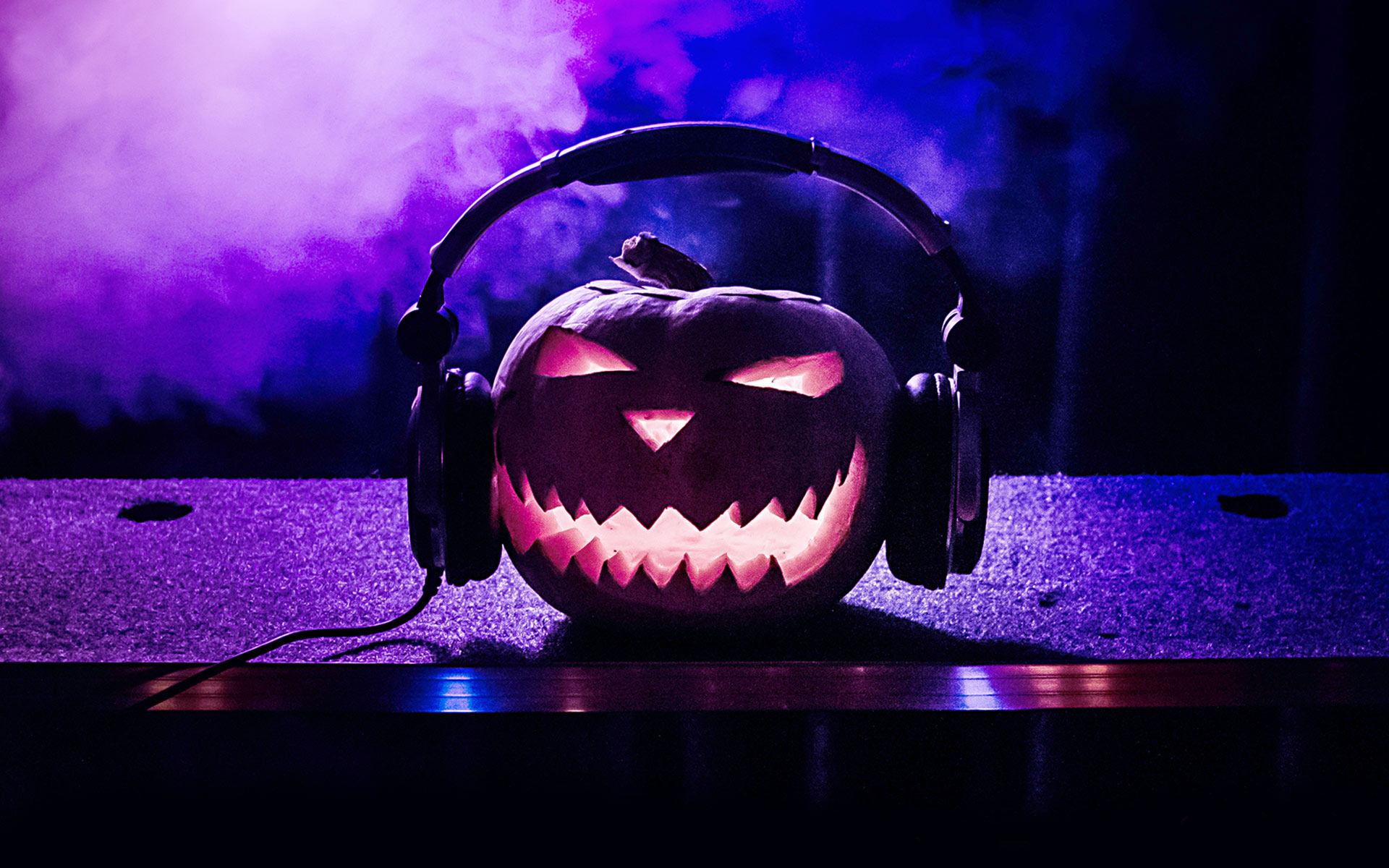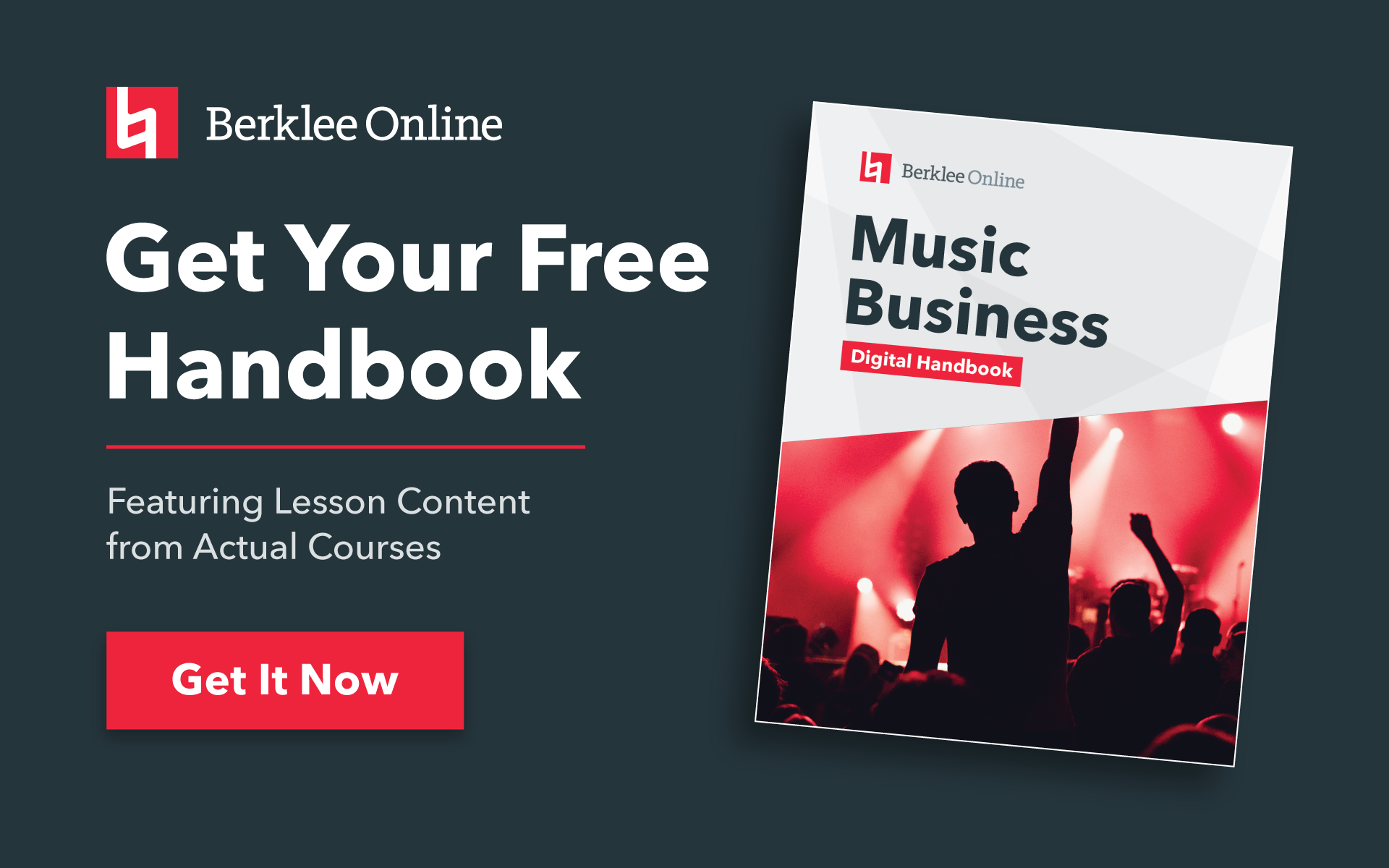When Neil Young removed his music from Spotify in January of 2022, his chief complaint was that “Spotify is spreading fake information about vaccines.” He cited The Joe Rogan Experience, a podcast that Spotify hosts exclusively on its platform (a right that the company reportedly paid the host $200 million for in 2020), as the source of said fake information. Then Neil Young gave the music streaming company an ultimatum: “They can have Rogan or Young. Not both.” Spotify responded by honoring his request and pulling all of the Neil Young music that he has the rights to—certain soundtrack and guest appearances remain—and as a gesture of good faith to Young’s original criticism about misinformation, the company added a content advisory to episodes of Joe Rogan’s podcast.
In the wake of Young’s Rogan-related boycott of Spotify, several other artists have also removed the music that they hold the rights to. Young’s off-again/on-again bandmates in Crosby, Stills & Nash removed most of their classic work, as did Joni Mitchell and India.Arie, the latter of whom not only cited Rogan’s stance on vaccines, but also his “language around race,” and produced a montage of him repeatedly using the n-word on his show. In the same Instagram story where she posted the clips, Arie said, “Spotify is built on the back of the music streaming, so they take this money that’s built from streaming, and they pay this guy $100 million but they pay us .003 percent of a penny? Just take me off! I don’t want to generate money that pays this.”
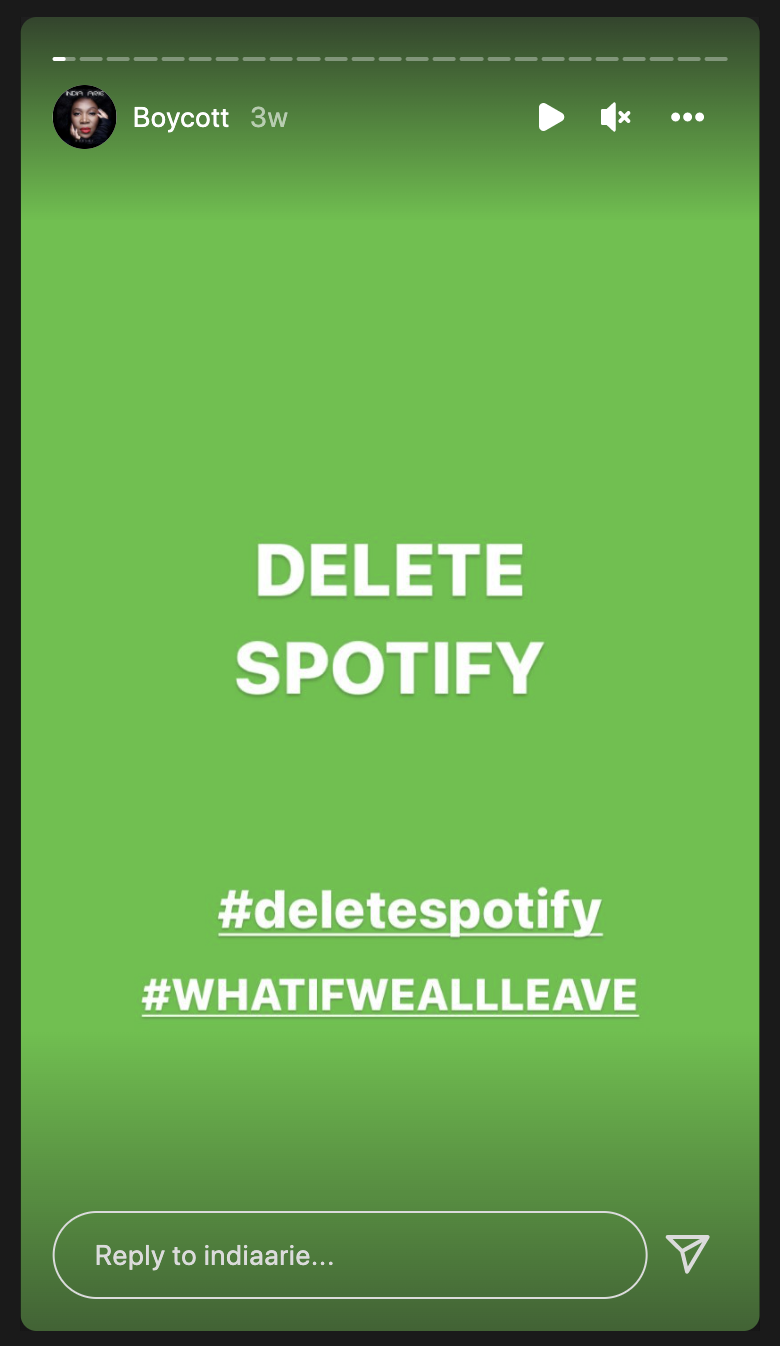
At the time Arie posted this Instagram story, Rogan’s Spotify deal was reported to be worth $100 million. That reported number has since doubled to $200 million, according to the New York Times.
In the weeks that have followed, there has been no mass exodus of artists leaving Spotify, but that has very little to do with whether or not they agree with Spotify’s endorsement of Joe Rogan or Spotify’s payment model: In many cases artists haven’t left Spotify, in part because they can’t. If they don’t own the rights to their masters, they don’t have control over where their music is available.
So what’s the next chapter in this saga, for musicians, Spotify, and the music business at large? We asked several of the instructors of the Berklee Online course, Music Business Trends and Strategies.
Course author Mike King says it was almost inevitable that an argument that began as a stance on misinformation has come back to artist royalties, an issue that has long been at the center of streaming services’ business models, but only exacerbated by the amount that Spotify reportedly paid Joe Rogan.
“It’s pretty bad optics that Spotify is paying one person $200 million when they have to know that there’s a whole different conversation going on around how they’re not paying artists,” he says. “I think the truth is a little different. When I was at the labels, you’d dream about an opportunity to reach millions of people. I’m not saying Spotify is just an awareness vehicle, but for many artists, there wouldn’t be an opportunity to reach anybody.”
King is quick to point out that it’s not just Spotify who is to blame for artists not receiving fair pay for their work.
“I’ve said it a million times, but the labels are a little bit complicit in this,” he says. “For some of the artists who have the worst experience with Spotify, it’s because they have a terrible contract with their label. If Spotify is paying out 70 percent of gross revenue, if you control your masters and you’re going there directly, the payouts could be higher than if you’re working with a label. A lot of what you hear is because it’s filtered through the labels, which are co-owners of Spotify.”
Streaming: ‘A Wildly Complicated Ecosystem’
Instructor Jason Feinberg says that because streaming has caused such a dramatic shift in the music industry over the past decade, there’s a lot that music fans, and even artists, don’t really understand. Learning more about it is key to solving the parts that aren’t working.
“It’s quite easy to pick out a particular transgression as proof that streaming partners are ‘wasting money’ and ‘don’t want to pay artists,’” he says. “The reality is that supply and demand, coupled with marketplace dynamics create a wildly complicated ecosystem. However, as the discussion finds its way into the public eye, and decentralized distribution and marketplaces evolve, I can see a situation where momentum grows to that point that stakeholders—streaming services, artists, labels, publishers, etc.—will have a more transparent conversation about the future economics of the biz.”
Spotify Royalty Rates
In a conversation that began about misinformation, it’s fitting that Spotify’s royalty rates are also subject to misinformation. While India.Arie may have been correct that artists sometimes receive .003 percent of a penny for every stream, that well-publicized statistic isn’t quite how Spotify calculates its royalties.
Spotify Hears You, Loud&Clear
In 2020, Spotify set up a site called Loud&Clear, to address this very issue. Every month, in each country Spotify operates in, the company calculates streamshare by adding up how many times music owned or controlled by a particular rights holder was streamed, and then divides that number by the total number of streams in that market. Basically, if your music receives one in every 100 streams in your country on Spotify, then you would receive one of every $100 paid to rights holders in your country’s royalty pool. Your country’s royalty pool is based on the subscription and ad revenues in that country.
While this may sound like complex math, the Loud&Clear site breaks it down succinctly, with plenty of interactive components to help users understand. And what is quite loud and clear is that a lot of rights holders are making money from streaming on Spotify. The company paid out more than $1 billion per quarter in 2020. Here’s a quick glimpse of how many rights holders hit different benchmarks in 2020.
- 184,500 rights holders made more than $1,000
- 67,200 rights holders made more than $5,000
- 42,100 rights holders made more than $10,000
- 13,400 rights holders made more than $50,000
- 7,800 rights holders made more than $100,000
- 1,820 rights holders made more than $500,000
- 870 rights holders made more than $1,000,000
‘You Never Know What You’re Going to Get’ with Neil Young
Instructor Benji Rogers says that while only a handful of artists have joined Neil Young in his boycott, the threat is still very real.
“If you look at Spotify’s artist roster, 13,000 to 15,000 of them make the majority of the money,” he says, with a nod to the statistics above. “If you lose a bunch of them, or a block of them, you don’t really have a compelling offering, do you?”
Rogers, who recently pulled his own music from Spotify, says he’d like to see more artists leave the streaming service, as something like this could shake up the music industry.
“The artists that we love long-term are the ones that rebel, the ones that rip up the rule book, and Kanye West—or Ye, as he’s now called—for all that comes along with him, rips up the rule book,” says Rogers. “He’s utterly innovating upon the business of distribution, fighting the label, and not afraid to fight for what he believes in. Neil Young has also always been at the forefront of battling the music industry, and you can choose not to love his music, but one thing you learn is that you never know what you’re going to get, and I wish that more artists embraced that.”
Ye is reportedly bypassing Spotify as well as Apple Music, Amazon, and YouTube for his next release, Donda 2, which he says may stream only on his Stem Player. There’s no official word yet if the music will be available on TIDAL.
Of course, being the “never know what you’re going to get” type of musician doesn’t always work for artists who are still working to establish themselves, and starting artists won’t necessarily have luck attracting a fanbase with their own unique streaming players. Feinberg says that this is exactly the type of artist that this larger discussion might benefit.
“Although in most cases the label has the rights to decide what stays up and what comes down, artist leverage and overall strategy play into the decision-making process,” he says. “In a world where fans express their values with their wallets, labels understand the importance of the artist-fan relationship to their own business. The savvier labels and artists recognize this is a partnership and there can be a balance between commerce, art, and the business relationship.”
Instructor Sonya Kolowrat agrees that this public debate could actually help those artists who are still working to build bigger followings, and maybe haven’t signed away their rights.
“A decent minimum streaming royalty is long overdue,” she says. “And if the current Spotify issues happen to shine more light on that fact, then great! I am happy to see people investigate some of the other streaming services around.”
She points out that with Congress getting involved in things like the American Music Fairness Act (AMFA), it seems more and more people—from artists to government officials to regular music fans—are paying more attention to artist royalty payments.
“I hope this leads to changes across the board to ensure creators are getting paid fairly,” says Kolowrat.

